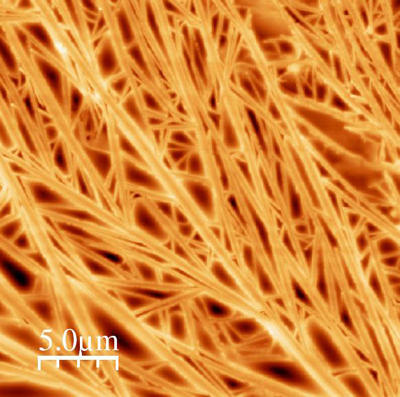Editor’s summary
Idiopathic pulmonary fibrosis is characterized by failed lung regeneration and fibrosis development, ultimately leading to respiratory failure and death. Here, Lang and colleagues used pro-fibrotic cytokines to mimic early fibrotic changes in human precision-cut lung slices (hPCLS), allowing for ex vivo analysis of pulmonary fibrosis development. Through single-cell RNA sequencing (scRNA-seq) analysis of these hPCLS and benchmarking against single-cell data from multiple cohorts of patients, the authors identified cell states and cell circuits involved in fibrogenesis. Furthermore, scRNA-seq analysis of antifibrotic drug-treated hPLCS provided insights into disease-specific modes of action. Ex vivo modelling using hPLCS could allow for further mechanistic studies into the development and treatment of pulmonary fibrosis. —Melissa L. Norton
Abstract
Pulmonary fibrosis develops as a consequence of failed regeneration after injury. Analyzing mechanisms of regeneration and fibrogenesis directly in human tissue has been hampered by the lack of organotypic models and analytical techniques. In this work, we coupled ex vivo cytokine and drug perturbations of human precision-cut lung slices (hPCLS) with single-cell RNA sequencing and induced a multilineage circuit of fibrogenic cell states in hPCLS. We showed that these cell states were highly similar to the in vivo cell circuit in a multicohort lung cell atlas from patients with pulmonary fibrosis. Using micro-CT–staged patient tissues, we characterized the appearance and interaction of myofibroblasts, an ectopic endothelial cell state, and basaloid epithelial cells in the thickened alveolar septum of early-stage lung fibrosis. Induction of these states in the hPCLS model provided evidence that the basaloid cell state was derived from alveolar type 2 cells, whereas the ectopic endothelial cell state emerged from capillary cell plasticity. Cell-cell communication routes in patients were largely conserved in hPCLS, and antifibrotic drug treatments showed highly cell type–specific effects. Our work provides an experimental framework for perturbational single-cell genomics directly in human lung tissue that enables analysis of tissue homeostasis, regeneration, and pathology. We further demonstrate that hPCLS offer an avenue for scalable, high-resolution drug testing to accelerate antifibrotic drug development and translation.







